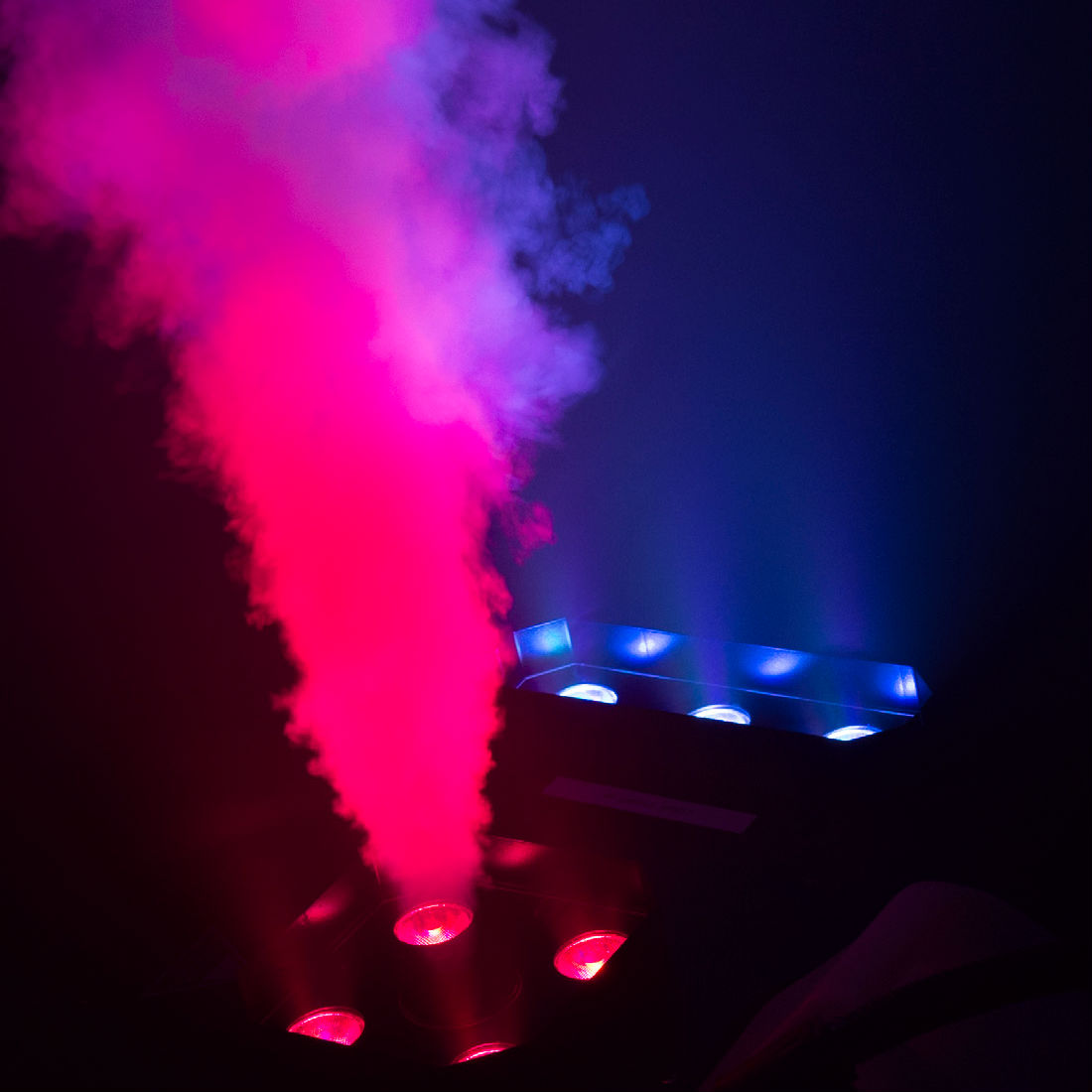Flame Retardant
Working in theatre in general -- and with pyrotechnics specifically -- demands a knowledge of fire safety. This not only means knowing what to do in the event of a fire, but what to do to prevent fires from happening. One of most effective measures one can take to reduce the risk of fire is to become familiar with, and use, flame retardants.
A flame retardant is a product that can be applied to fabrics, set pieces, props and costumes to inhibit their ability to burn. Notice that the product is not called flame-proofing (although some in the industry still refer to it that way) this is because it is all but impossible to prevent a flammable material from burning if enough heat is applied to it. However, a flame retardant will keep the fire from burning for more than a few seconds, thus reducing the chance of spreading.
What type of flame retardant you use will be determined by the material which needs to be treated. For most natural materials, a liquid flame retardant designed to be absorbed into the material will be fine. Our Fiber Wizard(tm) flame retardant is one such product. Costumes and small draperies can be immersed in the product, thus ensuring that all surfaces have been treated, while sets and large hanging drapes are usually treated by spraying.
For sets, it's a good idea to apply the flame retardant before painting or sealing the surface. Once wood has been painted, it will resist absorbing the flame retardant. If the set has already been painted, there are flame retardants available that can be mixed with clear acrylic sealer and applied over the paint.
Some synthetic materials will naturally resist being treated. As a rule of thumb, if the material does not absorb water well, it will not take in the flame retardant either. For these materials there are flame retardants available that form a flame retardant layer over the material. A few, such as our Fiber Coat(tm), even allow that material to retain its original pliability.
You may wonder how you can tell if your draperies or sets need to be treated, especially if you are new to a theater and unsure if your predecessors used flame retardants. An easy test for fabrics is to cut a small swatch of the fabric and apply a flame to it until it begins to burn. Once the fabric has started burning, take the flame away -- if it continues to burn for more than three seconds, you should probably treat it.
Be aware that flame retardants to not stay effective forever. Flame retarding all draperies and any stock scenery should be part of your annual maintenance schedule. Costumes should be treated before they're worn by the actor, and every time they are washed in water. Dry-cleaning should not affect the flame retardant too much, although it will eventually remove the flame retardant. Please do re-test the fabric if you think it may need another treatment.
Some feel that using flame retardants is only necessary when there will be pyrotechnics or live flame used on stage. Nothing could be further from the truth. As in the home, fire in a theatre can start from unpredictable sources. I personally witnessed a fire start on stage because a spotlight had been turned on and focused too close to a set piece. Thankfully, the piece had been covered in flame retardant fabric and the fire stopped almost as soon as it had begun.
If you read the newsletter regularly, chances are you are directly involved with producing live events in the theatre or entertainment industry. I would like to challenge you at this point. With the large number of people (actors, technicians and audience members) depending on you for their safety during your event, can you afford not to use flame retardants?
*********************************************
Theatre Effects Customer Service Department
service@theatrefx.com
www.theatrefx.com
Theatre Effects, 1810 Airport Exchange Blvd. #400, Erlanger, KY 41018
Phone: 1-800-791-7646 or 513-772-7646 Fax: 513-772-3579









